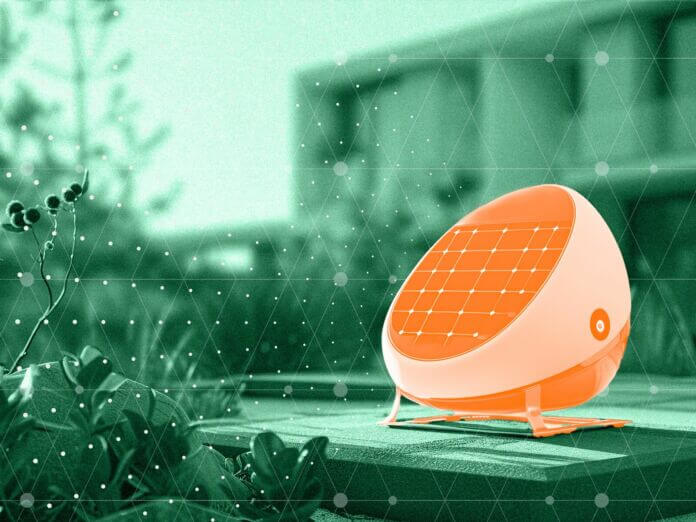
Qoitech – September 4, 2024
Collected at: https://www.iotforall.com/solar-iot-testing-energy-harvesting-technologies-for-iot-devices
Developers of IoT products spend a lot of time thinking about power: where to get it, how to use it more efficiently, and what to do when it eventually runs out.
The power problem is especially acute for massive IoT deployments. No one’s going to install devices across hundreds of kilometers if they have to change the batteries every other month.
There are a few ways to address this challenge. We can make devices more energy-efficient. We can build better batteries. But maybe the most elegant way to keep distant devices reliably powered up is to make them harvest energy from the surrounding environment.
That’s where energy harvesting technologies come into play. For outdoor IoT deployments—including agricultural IoT, smart utilities, environmental sensing, and more—solar power is the most common type of energy harvesting. It’s a mature technology, and there’s a vibrant market for solar panels.
But how can you tell if the IoT product you’re developing will run perfectly on solar power? And how do you choose the panels that work best for your use case? The answer is simple: Test your solar panels. Keep reading to find out how to evaluate solar technologies for your IoT development project.
Energy Harvesting Technologies Beyond Solar Power
When we talk about energy harvesting for IoT devices, we usually mean solar power. It’s currently the most common form of energy harvesting.
But it’s far from the only one. Here are just a few other sources of power that may someday keep our IoT deployments active:
- Kinetic energy harvesting (e.g., a smart button that harvests energy from the pushing action)
- Thermal energy harvesting (e.g., a water meter that harvests heat energy from a hot water pipe)
- Radio frequency (RF) energy harvesting (e.g., a consumer wearable that draws power, wirelessly, from ambient RF waves)
All of these technologies are developing rapidly. For now, however, when IoT industry insiders say, “energy harvesting,” nine times out of 10 they’re talking about solar panels.
Evaluating Solar Panels in IoT Product Development
The first step toward building a solar-powered IoT device is to understand the solar panel’s electrical characteristics. Specifically, you need to know how much power (current) the panel will provide, at what voltage, based on how much light it receives.
The visual representation of this information is called a current-voltage characteristic curve, or IV curve for short (with I representing current and V voltage). In other words, to begin evaluating a solar panel for your IoT device, start by generating an IV curve.
With the right equipment, it can be quite simple. Here’s what you’ll need:
- A portable power profiler device, capable of reading voltage and current.
- Associated software, ideally with scripting capabilities to make the hardware programmable.
- A laptop computer.
- A solar intensity meter.
- Multimeter leads.
For a fully portable set-up, make sure your power profiler device can run on laptop power via USB. Most solar IoT devices are built for outdoor deployment, so it’s best to run your tests outside.
With this set-up, you can generate a series of IV curves for your solar panel, based on different sunlight scenarios. This video walks you through the details.
IV Curves
These IV curves tell you how much energy your solar panel will collect in full sun, partial sun, cloudy conditions, etc. The other half of the equation is to know your device’s power characteristics. Hopefully you’ve already optimized your device for energy efficiency and taken the relevant measurements.
The key metric here is how much energy your device expends in a single active cycle. (We consider an active cycle to include the device waking up, performing its key operation, transmitting data, and going back to sleep.)
The IV curve will tell you how much energy the solar panel absorbs over time, under specific conditions. Compare this number to active cycle energy usage to determine how long you must harvest sunlight to transmit one signal.
This tells you how long your device needs to sleep between active cycles.
Continue testing your device over days, weeks, or months to generate average performances. If the required harvesting/sleep cycles work for your use case, the solar panel is a good fit. If they don’t, you have two choices: You can get a different (probably bigger) solar panel, or you can redesign your device for greater energy efficiency.
Either way, you’ll have reliable data on how your IoT device will perform in the field, which is essential for bringing your product to market.
Energy Harvesting Tests for Continuous IoT Deployment
Just don’t stop testing after launch. Continue solar power tests as part of your continuous deployment cycle. Make sure your device will perform with each over-the-air update, and with each successive generation of solar panel. Yes, things may change from one production batch to the next.
Without robust, continuous testing, solar-powered IoT won’t be reliable. If it’s not reliable, no one will use it. So, it’s no exaggeration to say that IV curves are crucial to the growth of IoT technology in general, especially as we move toward a future of sustainable energy.

Leave a Reply